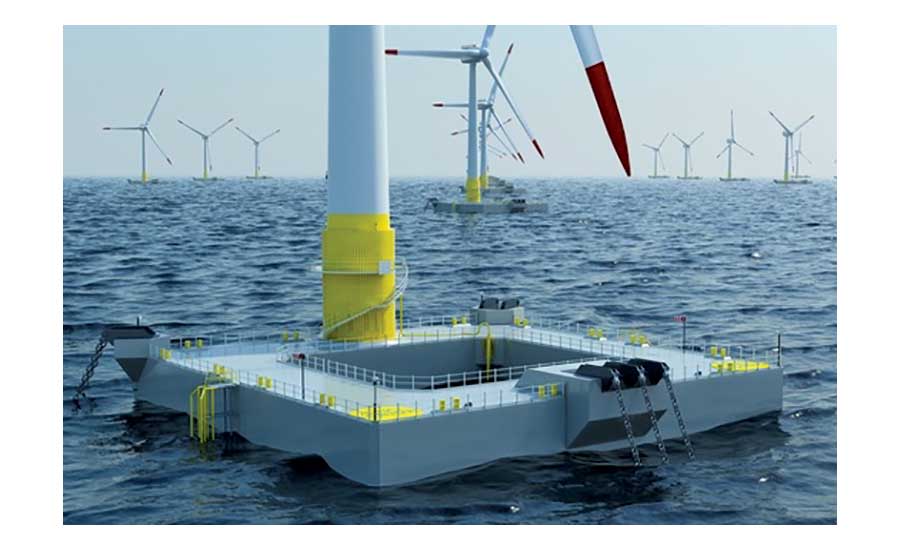The California Public Utilities Commission on July 24 ordered state utilities to procure 11.5 GW of renewable sources of power for delivery from 2023 through 2026 to help meet the state’s goal of relying on 100% clean electricity by 2045.
The order of zero greenhouse-gas emitting power is the commission’s largest-capacity single procurement and the largest requiring only clean energy sources, it said.
The clean power also is needed to respond to more extreme weather and to replace 3.7 GW of energy from retiring natural gas plants and 2.2 GW from the Diablo Canyon nuclear power plant retirement, set for 2024-25.
California and the U.S government agreed in May to develop 4.6 GW of offshore wind in several state sites.
The order requires 2 GW to be procured for 2023, 6 GW for 2024, 1.5 GW for 2025 and 2 GW for 2026. The state is on track to meet its 100% renewables goal, with more than 63% of power now coming from zero-carbon resources, Commission President Marybel Batjer said.
The new procurement is in addition to 3,300 MW of clean energy that will come online in 2021 through 2023. Other previous procurements include 4,000 MW scheduled to come online by 2024 associated with other clean energy programs and 1,500 MW to be procured to address extreme weather, CPUC said.
The commission said the volume of renewable sources in California’s energy mix already exceeds that of any other global grid of similar scale and includes battery storage resources also at a scale not seen elsewhere.
Pacific Gas & Electric said in comments that the actual incremental system planning need may be lower than the 11.5 GW in the order, but the amount offers a contingency buffer in case resources are delayed or fail.
The order revises a commission proposal that had called for utilities to buy gas-fired power, but the regulatory agency will re-evaluate the need for fossil-fired resources “shortly,” the order said.
The commission said it is concerned about the increase in air emissions from fossil fuels. “At the same time, we face the responsibility to ensure that the delivery of electricity remains reliable in the face of massive changes in the resource mix over the next few decades,” the regulator said.






Post a comment to this article
Report Abusive Comment